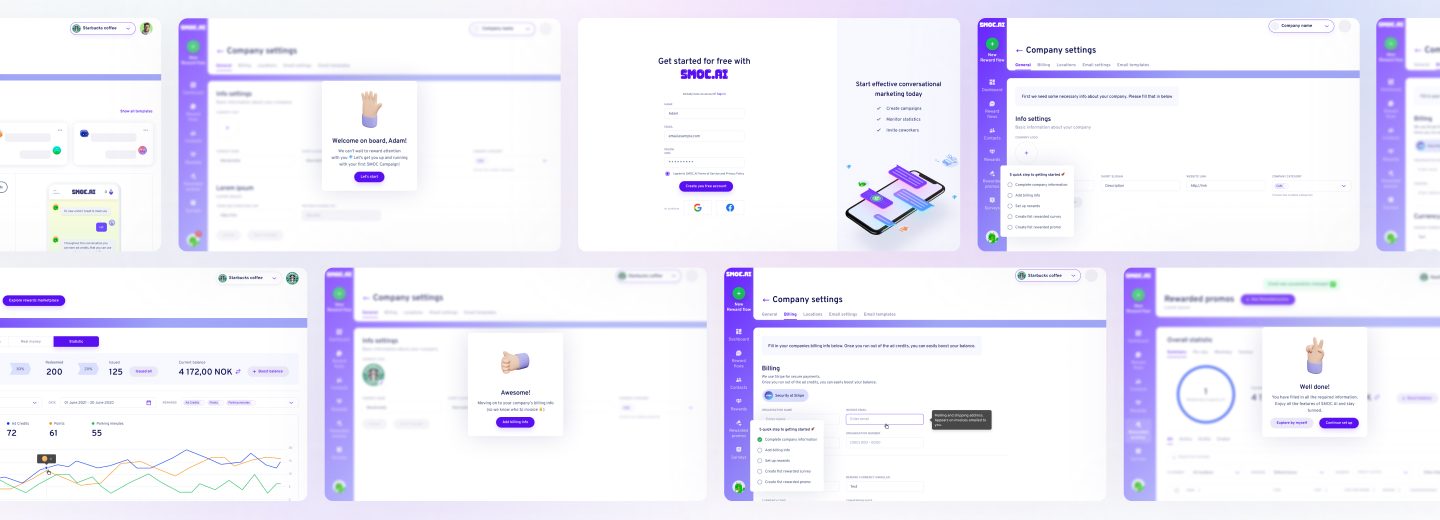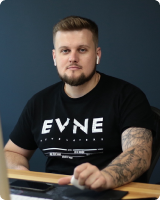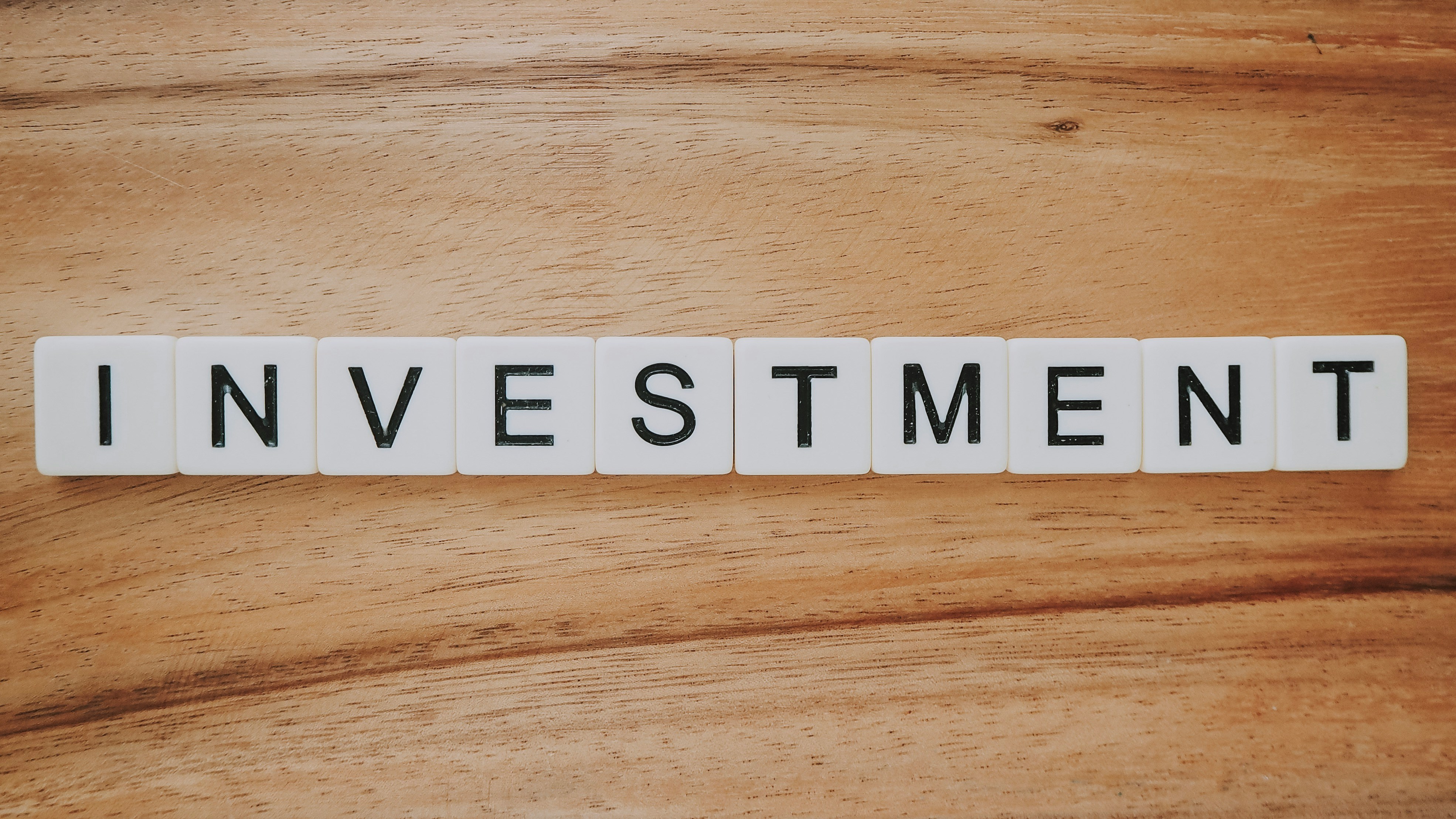The Software as a Service (SaaS) landscape shows unprecedented growth because users need innovative specialized solutions alongside changing expectations. Development of Minimum Viable Products (MVPs) by entrepreneurs, developers, and product teams in 2025 requires market selection of fast-growing sectors with identified user gaps and strong user retention opportunities.
Choosing your niche will determine success when you start developing your first product or build and test concepts toward larger business growth. This article investigates the upcoming SaaS market winners that will lead to major successes in 2025 — from AI-powered tools and remote work enhancers to vertical SaaS targeting specific industries. Each one presents a unique opportunity to build lean, test fast, and scale smart.
Let’s dive into the most promising spaces to watch — and build in — this year.
what’s in the article
- What is an MVP in SaaS?
- Top SaaS MVP Niches to Watch in 2025
- How to Build an MVP for SaaS Startups
- Common Pitfalls in SaaS MVP Development
- Hiring a SaaS MVP Development Company
What is an MVP in SaaS?
So what is MVP in SaaS? An MVP represents the simplest form of a software solution that maintains essential user value. Launching a SaaS product requires developing only essential features that solve one targeted problem while attracting early users and collecting their genuine feedback without large initial costs.
Think of an MVP as your product’s test flight. The main goal of an MVP lies in delivering core value through the minimum necessary features without seeking perfection. The system targets market validation through actual user feedback while users learn their real needs before scaling development.
SaaS founders who base their efforts on essential features while observing real user behaviors will minimize risks and expenses to create products that fulfill real needs.

Looking to Build an MVP without worries about strategy planning?
EVNE Developers is a dedicated software development team with a product mindset.
We’ll be happy to help you turn your idea into life and successfully monetize it.
Top SaaS MVP Niches to Watch in 2025
The rapid growth of the digital world drives increases in customer demand for fast adaptable and specific SaaS products. MVP development in 2025 requires more than fast launches because businesses must enter markets while they are receptive to new solutions. These are the most promising SaaS niches for MVP development in 2025:
AI and ML Tools
The time when Artificial Intelligence and Machine Learning operated as futuristic concepts has passed because these technologies have become fundamental business necessities. The market demands affordable AI solutions that offer easy integration options because businesses seek these tools for their predictive analytic capabilities. The first step for new SaaS companies in this field should be to create MVPs that solve distinct customer problems such as automating support operations or cleaning data intelligently to quickly prove their value.
Low-Code Solutions
Low-code and no-code development platforms transform software creation into a process that non-programming users can now access. All business sizes will pursue adaptable tools that need only basic programming understanding by 2025. A minimum viable product that enables non-developers to build workflows, apps, and dashboards will establish itself rapidly in sectors such as healthcare, HR, and finance.
E-Learning Platforms
Online learning and remote work have established themselves as permanent features that drive steady increases in demand for modernized e-learning systems. Niche market segments in MVP SaaS development should focus on microlearning for professionals, AI-based study plans, personalization, and social language learning solutions. Basic video courses represent only a starting point for innovation because the market offers numerous opportunities to create more advanced solutions.
Vertical SaaS
Vertically focused SaaS platforms exist to serve a particular industry sector which includes dental clinics together with real estate agencies and fitness studios. Niche-specific tools excel in over-generalized solutions because they provide thorough customization and vertical market features. The lean approach for building SaaS MVP product directed toward a specific industry can establish itself as essential because it resolves operational issues affecting that sector.
B2B SaaS Marketplaces
Business buyers are tired of outdated, clunky procurement systems. B2B SaaS marketplaces that connect businesses with services, products, and freelancers have experienced increasing popularity in the modern market. The MVPs operating in this particular space should work toward creating simpler transaction processes while implementing verification systems and artificial intelligence algorithms for better trust enhancement and easier decision-making.
Personal Finance SaaS
More people want to take control of their money — and they’re looking for alternatives to traditional banking apps. Personal finance SaaS MVP development services should focus on developing budgeting software, debt management tools, and investment tracking systems with specialized features for freelancer, student, and retiree groups. The success factor in financial clarity needs to combine with user confidence for navigating through complex financial systems.

Proving the Concept for FinTech Startup with a Smart Algorithm for Detecting Subscriptions

Scaling from Prototype into a User-Friendly and Conversational Marketing Platform
How to Build an MVP for SaaS Startups
To create an MVP for SaaS is exciting — but it’s also a high-stakes game. The product development requires functionality and marketability. The Minimum Viable Product (MVP) acts as your most valuable asset when launching a SaaS startup. The following step-by-step procedure teaches you how to create a strategic lean SaaS MVP that can scale up.
Define the Core Problem
A successful SaaS product always starts with solving one precise problem. A thorough understanding of the main challenge that your target users face should be your priority above all else. Who are they? What challenges do users experience during their regular operations? Why haven’t existing solutions worked for them?
A powerful MVP needs to concentrate on addressing a single major problem rather than handling multiple issues at once. An unsolved genuine need makes all creative additional features useless. You should conduct interviews with possible users and gather survey data from their communities or online platforms that your audience uses. Your mission should reveal one particular issue that users actively pursue solutions for.
Market Research & Competitor Analysis
The following move should be an analysis of the market environment after you have defined your core issue. Additional entities work to address this particular issue. Does the market already feature platforms or tools that fulfill the same purpose? You need to examine their core capabilities together with their product limitations and their price plan structure.
Market research allows you to avoid duplicate efforts and prevent market entry into spaces where your product lacks distinct advantages. Analyze direct competitors and indirect competitors through review research and user feedback to establish patterns. What do users love? Where are they frustrated?
The stage enables you to gain increased clarity about market demand. Active user searches for workarounds and the use of spreadsheets to solve problems show that your SaaS MVP has strong market potential.
Prioritize Features
Among the many mistakes that cause MVP failure is when founders add too many features to their initial release. Entrepreneurs typically try to load excessive features within their initial version because they think numerous features create greater value. The success of an MVP requires minimal features that must execute flawlessly.
Understand the fundamental capabilities that form the minimum requirements to address the main operational challenge. These are your “must-haves.” MoSCoW (Must have, Should have, Could have, Won’t have) or Kano analysis provides clear methods to establish priorities. Remove all functionalities that do not support your MVP’s core mission.
Your MVP exists to discover important product lessons and not to deliver a complete product. Your direction is correct if users use basic features and ask for more.
Tech Stack for Scalability
An MVP must be simple but this requirement should not lead to making short-term decisions. Pick a technical infrastructure that enables fast development now and allows future scaling. Your choices regarding technology implementation during this phase either drive your business growth forward or become barriers to success in the future.
Frontend frameworks such as React and Vue.js deliver fast development along with flexibility and backend stacks that include Node.js with Express and Python with Django provide strong base functionality. Your system should include Firebase for authentication and databases while using cloud hosting services from AWS, Google Cloud, or Vercel.
The development velocity should be managed against the system’s maintainability requirements. Your project needs to have basic functionality instead of many complicated systems because you work alone or with a few developers while documenting all the processes.
Develop the MVP
The next step involves constructing the foundation you created. The main goal is to develop a functional prototype that offers essential value for initial user testing. You should launch a product that demonstrates usefulness and testability rather than one that focuses on beauty and features.
Your project development should use agile approaches while working through multiple development periods known as sprints. Development speed along with regular testing and group communication should remain open when the SaaS MVP development firm collaborates on work. The low-code tools such as Bubble, Webflow, or OutSystems become advantageous for building an MVP for SaaS startups dashboards and internal tools whenever their scope fits the requirements.
Your SaaS product should achieve operational status at this stage so users can try it out and give feedback while becoming paying customers. The feedback loop starts here.
Iterate and Improve
When your MVP reaches its market launch point you need to focus your attention from building to learning. Acquire all available user data and feedback from users. Users seem to be employing the product in its intended manner. Are they finding value? Users want to know what new features they desire while also showing which existing features they choose to disregard.
Analytics tools help track user behavior and you should also conduct interviews and monitor user patterns to understand customer needs better. You should employ this data for future development cycle direction. An MVP serves as your starting point rather than representing your complete finished offering. At each stage of iterative development, your solution moves progressively toward product-market fit which occurs when users both adore your solution and recommend it to other people.

Need Checking What Your Product Market is Able to Offer?
EVNE Developers is a dedicated software development team with a product mindset.
We’ll be happy to help you turn your idea into life and successfully monetize it.
Common Pitfalls in SaaS MVP Development
A SaaS MVP development serves as a transformative shift only when executed with disciplined strategic planning. Before validating their idea many early-stage startups waste time and money by either constructing too many features, studying insufficiently, or exhausting their resources prematurely. Success rates improve when you understand the typical problems that threaten to destroy promising MVP projects. Here’s what to watch out for:
Too Many Features Too Soon
Founders typically fail when they attempt to create a small version of their final product instead of an essential minimum viable product. The natural human tendency is to believe additional features will enhance product attractiveness. Most startups that embrace numerous features during initial development typically experience distorted progress timelines, muddled user experiences, and weakened product value.
An MVP functions not to leave a good impression but to gain critical insights. A product with five or ten features in its initial version becomes challenging to identify which feature truly addresses user problems. Your MVP should concentrate on delivering one essential function that resolves a particular user problem. Address that functionality exceptionally well then expand your development.
Lack of Validation
You may be deeply attached to your business idea yet your customers remain indifferent to it. A significant number of SaaS MVPs are developed using assumptions instead of gathering actual user insights. The absence of validation work could force you to dedicate numerous weeks or months to developing a product that people fail to want or need.
Proper validation starts early. The development process requires you to first interact with your target audience before launching your first program lines. Potential users need to witness interviews, surveys, and experience landing pages or view mockups to give their feedback. Your concept needs revision rather than continued development since you cannot find genuine excitement from at least three people.
Budget
Thoughtful budgeting is essential for developing a basic MVP. Startups often make errors in development expense prediction, particularly when they work with external developers and when they try to execute multiple tasks simultaneously. The result is projects running out of funds or energy without ever reaching market launch.
The prevention of this problem requires organizing your MVP budget into multiple stages. Development phases need specific priority arrangements with testing and marketing funding alongside budget allocations that include unexpected expense preparation. Bootstrappers should utilize low-code platforms with technical co-founders to decrease startup SaaS MVP development costs during the development phase.
Hiring a SaaS MVP Development Company
SaaS MVP development demands a strategic partner capable of executing product-market fit, lean development, and fast iteration. Your project will accelerate and prevent startup difficulties by working with a dedicated MVP development company when you don’t have internal development resources.
The right partner will build your product alongside offering market validation services and providing assistance for feature selection and technical expansion. EVNE Developers SaaS MVP development company transforms startup concepts into usable MVPs which are prepared for expansion through their development process. The company provides SaaS-specific expertise and comprehensive solutions by combining business understanding and technical development capabilities through its collaborative approach.
The selection of an appropriate development team stands as the crucial factor which helps businesses establish their unique position while achieving smart development scale.
Yes, absolutely. The no-code tools Bubble, Webflow, and Glide enable users to build MVP startup SaaS at affordable costs for testing ideas without heavy programming.
Dropbox introduced its product through a basic video presentation and Airbnb entered the market with a website that offered space rental services. The two products are great examples of MVPs that validate demand before scaling.
The development period of SaaS MVPs varies according to complexity but typically spans from 4 to 12 weeks after focusing on essential features and user verification.

About author
Roman Bondarenko is the CEO of EVNE Developers. He is an expert in software development and technological entrepreneurship and has 10+years of experience in digital transformation consulting in Healthcare, FinTech, Supply Chain and Logistics.
Author | CEO EVNE Developers


















